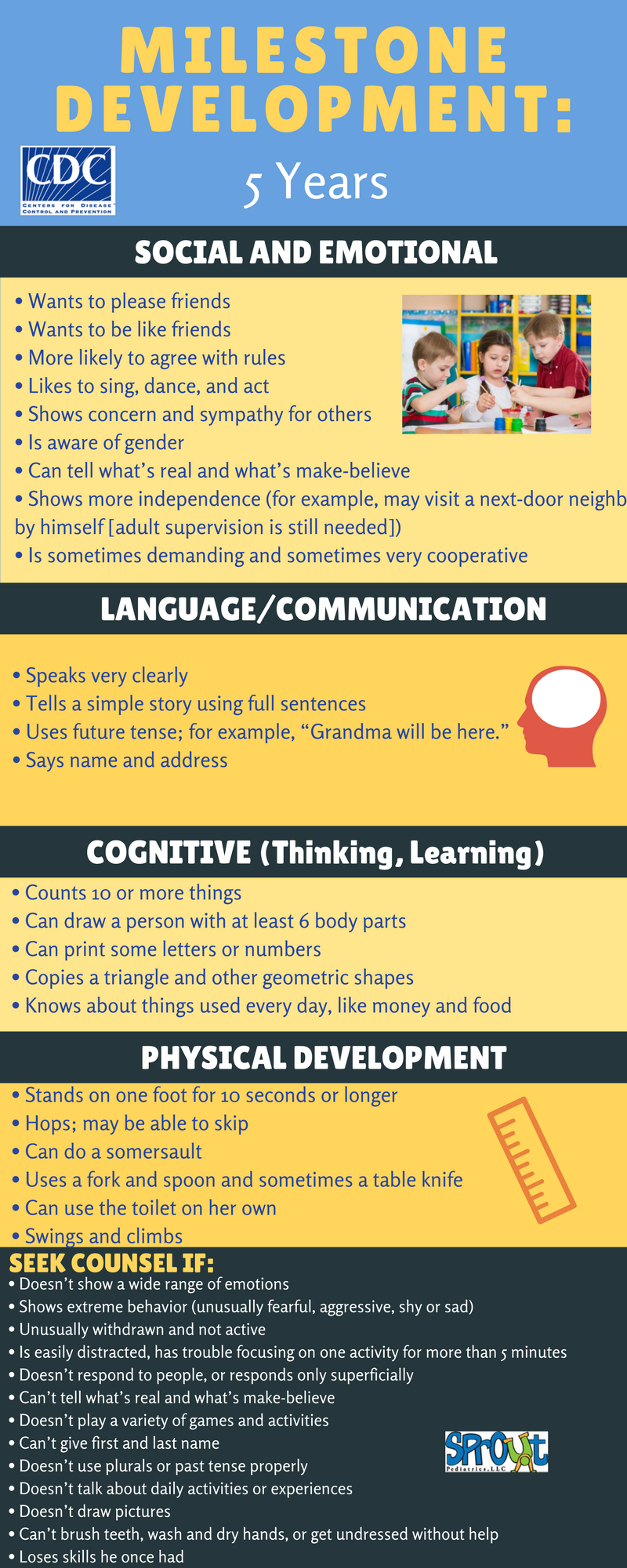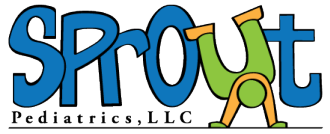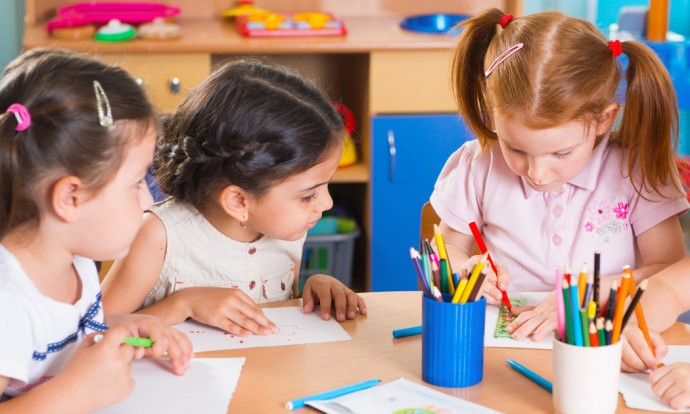5 years Old – What most children do at this age:
Social and Emotional
• Wants to please friends
• Wants to be like friends
• More likely to agree with rules
• Likes to sing, dance, and act
• Shows concern and sympathy for others
• Is aware of gender
• Can tell what’s real and what’s make-believe
• Shows more independence (for example, may visit a next-door neighbor by himself [adult supervision is still needed])
• Is sometimes demanding and sometimes very cooperative
Language/Communication
• Speaks very clearly
• Tells a simple story using full sentences
• Uses future tense; for example, “Grandma will be here.”
• Says name and address
Cognitive (learning, thinking, problem-solving)
• Counts 10 or more things
• Can draw a person with at least 6 body parts
• Can print some letters or numbers
• Copies a triangle and other geometric shapes
• Knows about things used every day, like money and food
Movement/Physical Development
• Stands on one foot for 10 seconds or longer
• Hops; may be able to skip
• Can do a somersault
• Uses a fork and spoon and sometimes a table knife
• Can use the toilet on her own
• Swings and climbs
We recommend you seek counsel from your child’s doctor if your child:
• Doesn’t show a wide range of emotions
• Shows extreme behavior (unusually fearful, aggressive, shy or sad)
• Unusually withdrawn and not active
• Is easily distracted, has trouble focusing on one activity for more than 5 minutes
• Doesn’t respond to people, or responds only superficially
• Can’t tell what’s real and what’s make-believe
• Doesn’t play a variety of games and activities
• Can’t give first and last name
• Doesn’t use plurals or past tense properly
• Doesn’t talk about daily activities or experiences
• Doesn’t draw pictures
• Can’t brush teeth, wash and dry hands, or get undressed without help
• Loses skills he once had
This information was taken from the CDC’s website and meant to give you guidelines for development. For more information or if you are concerned, log onto the CDC’s “If You’re Concerned” website.


